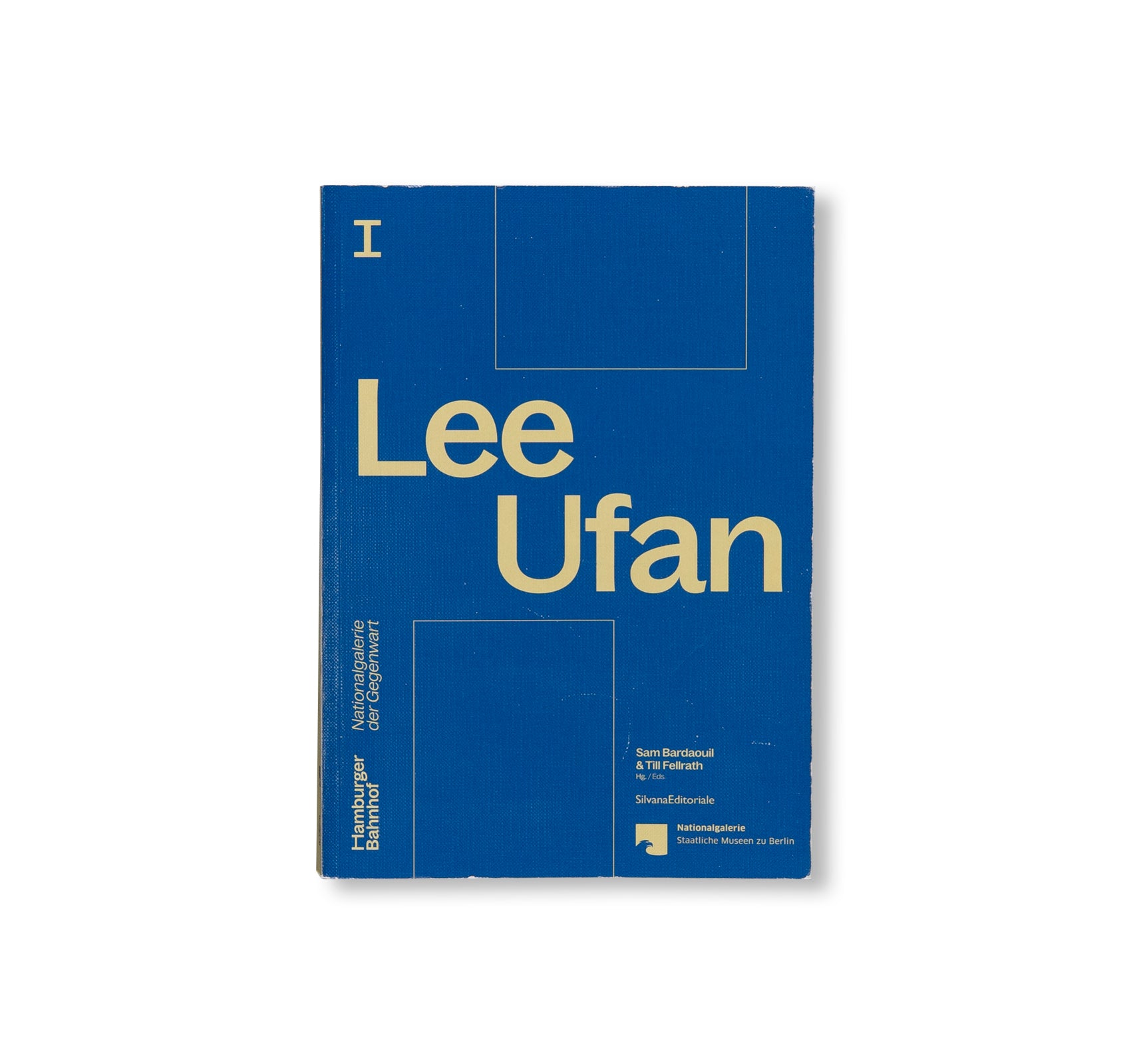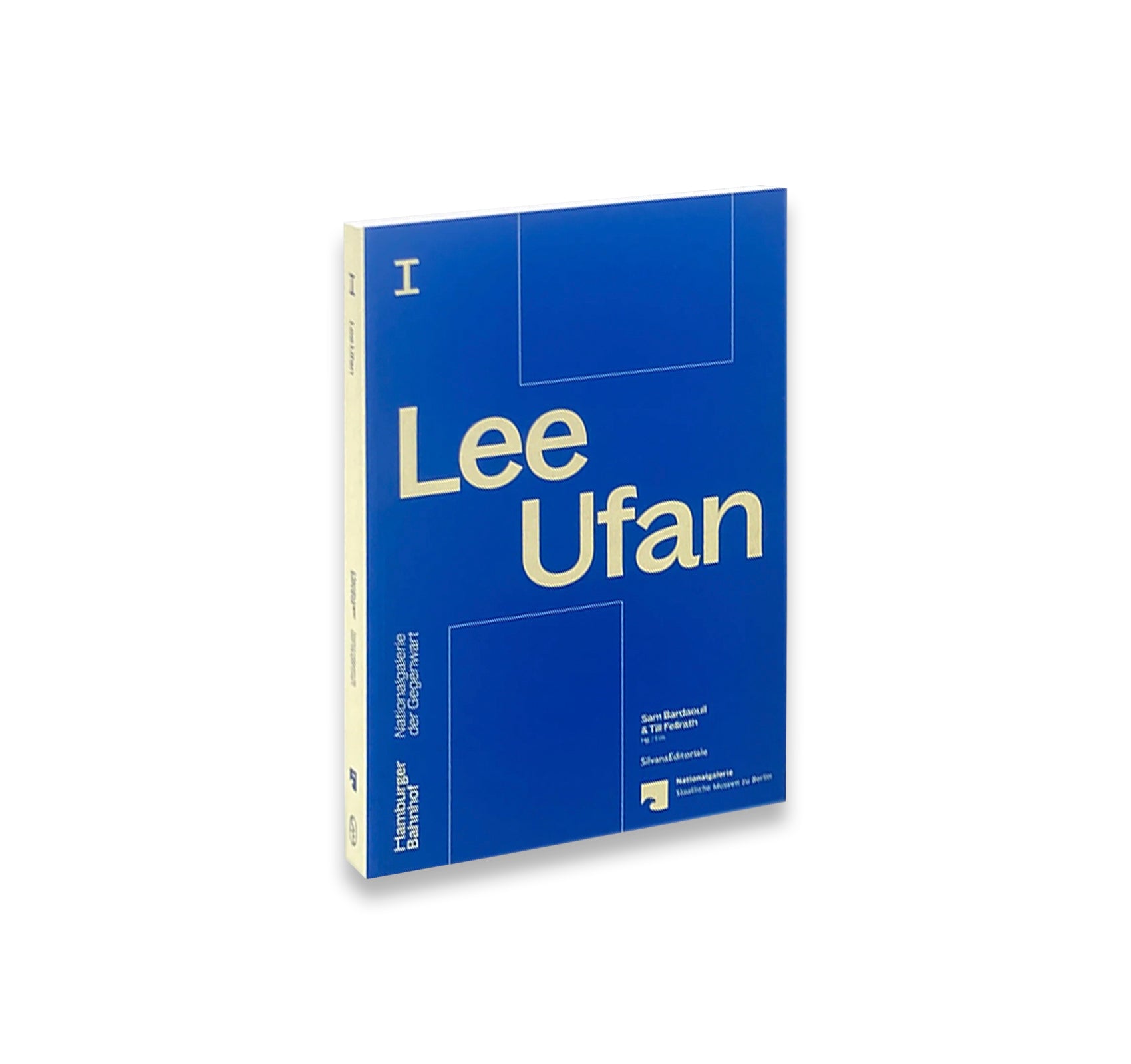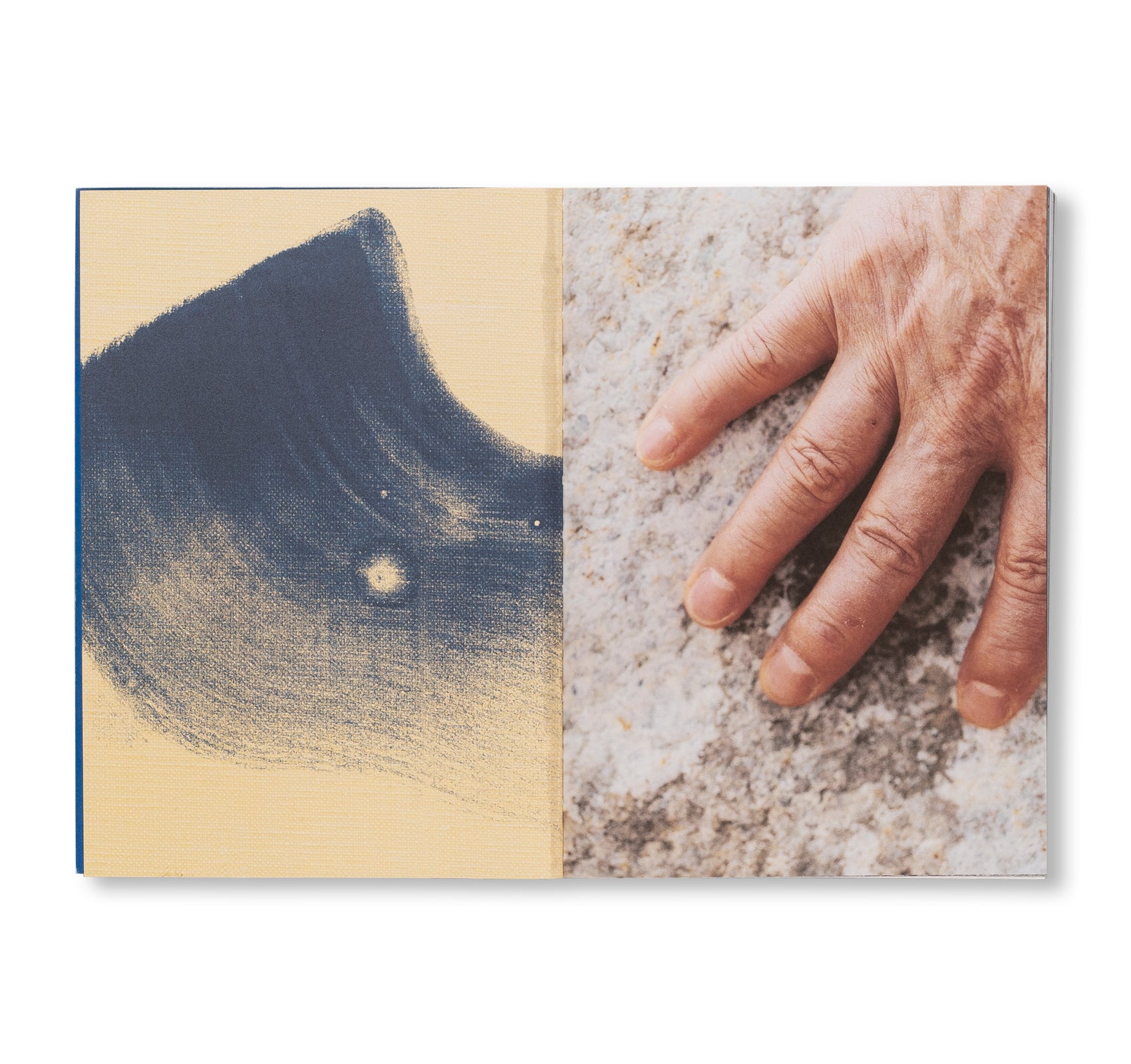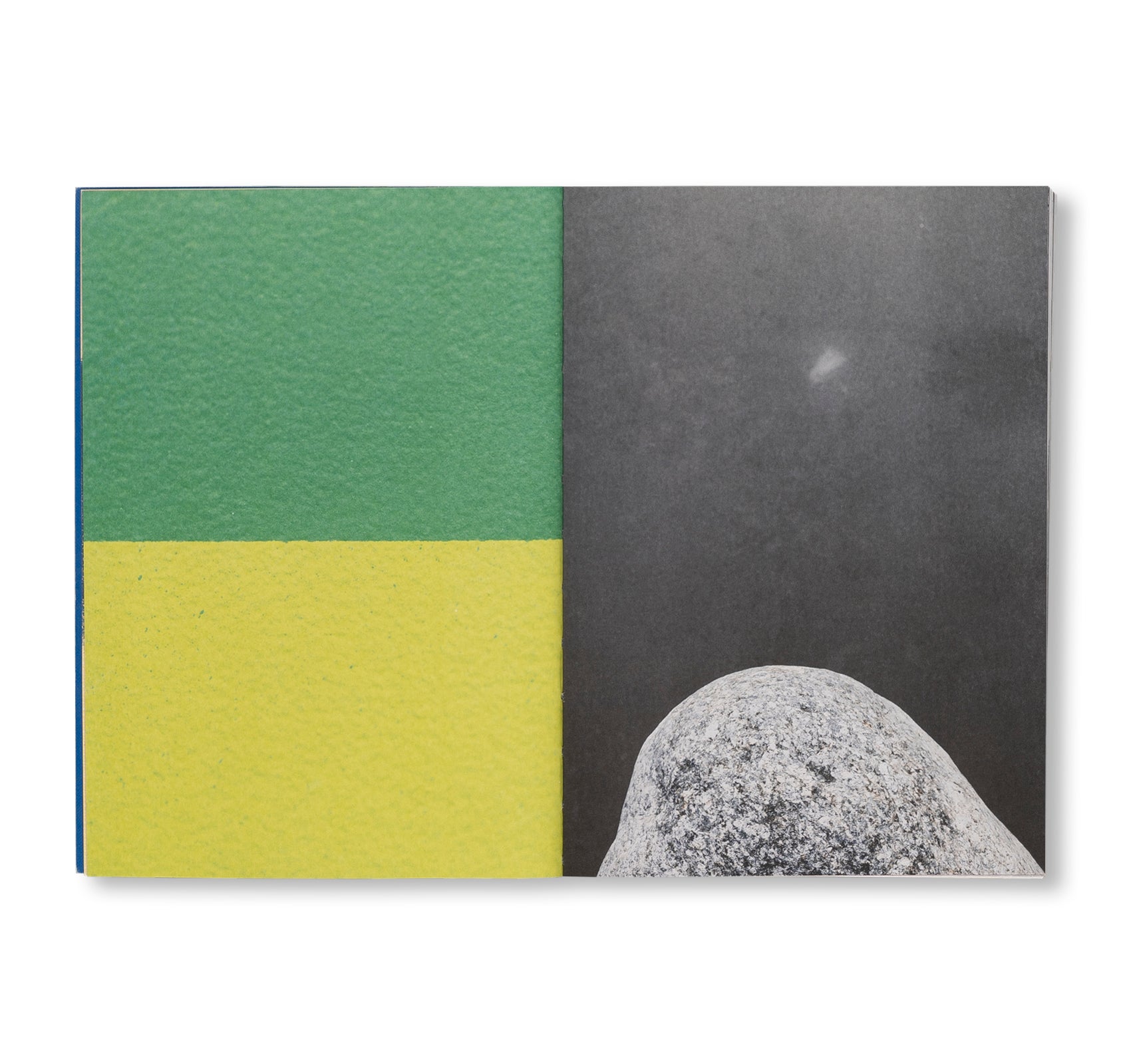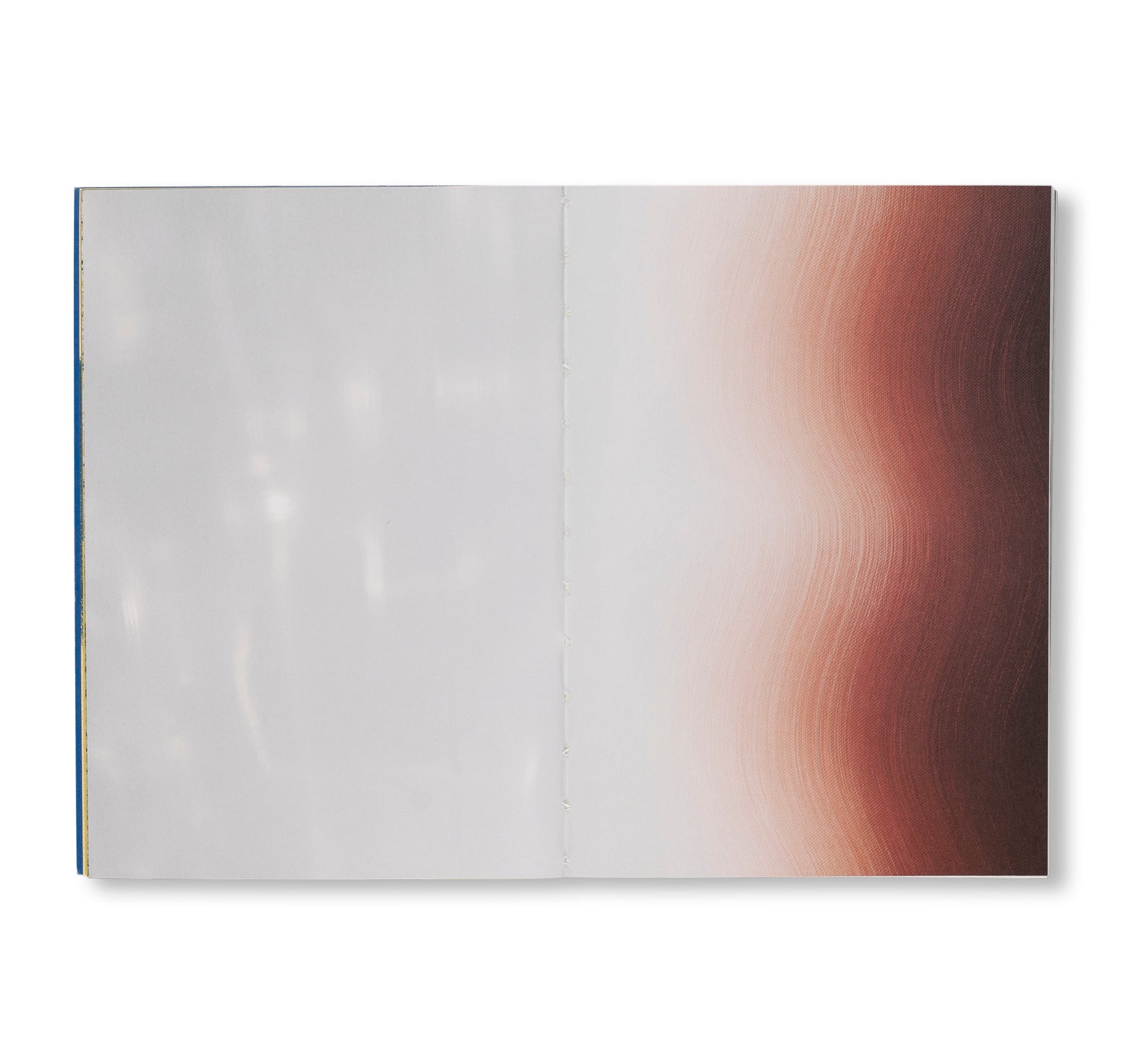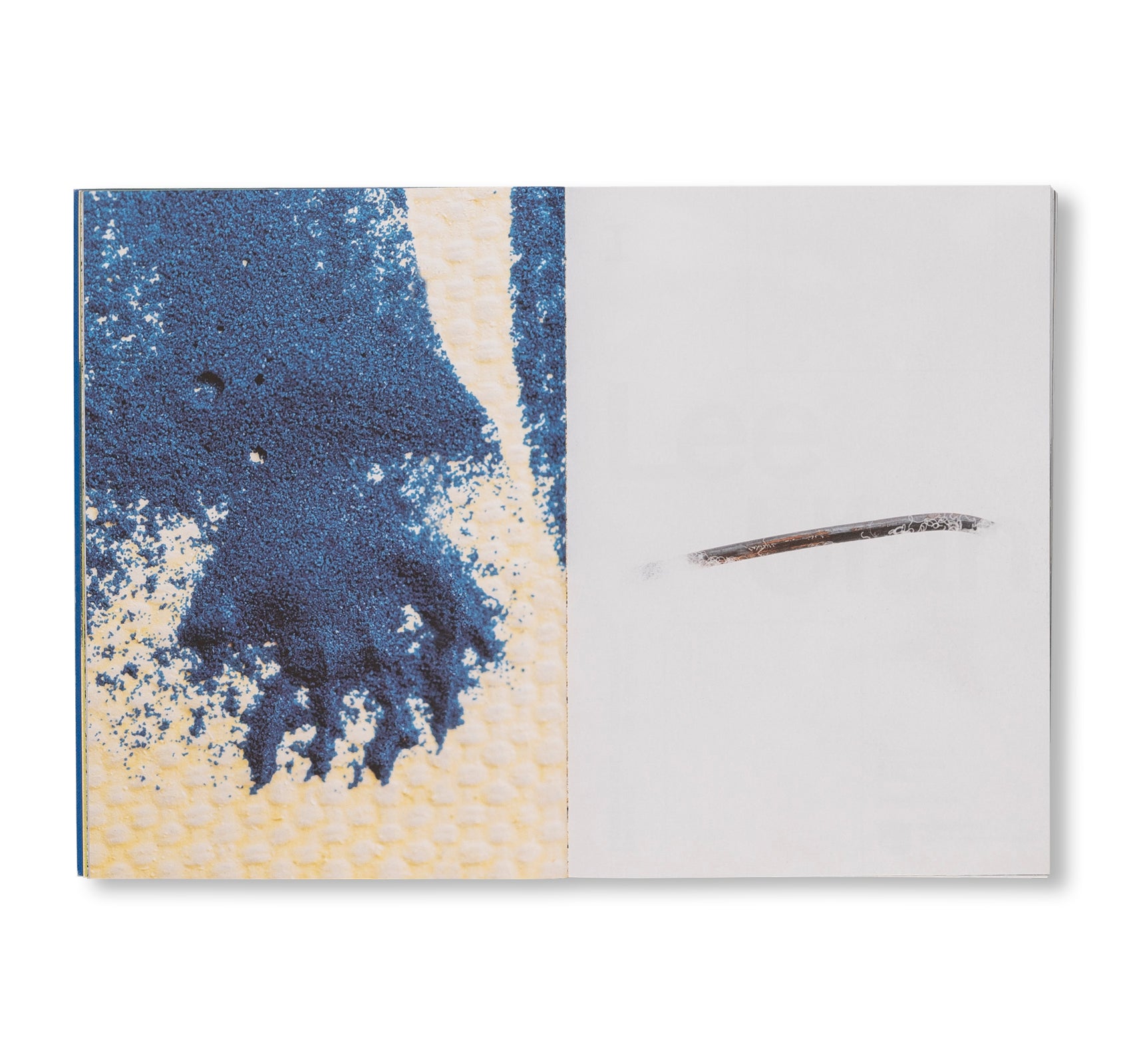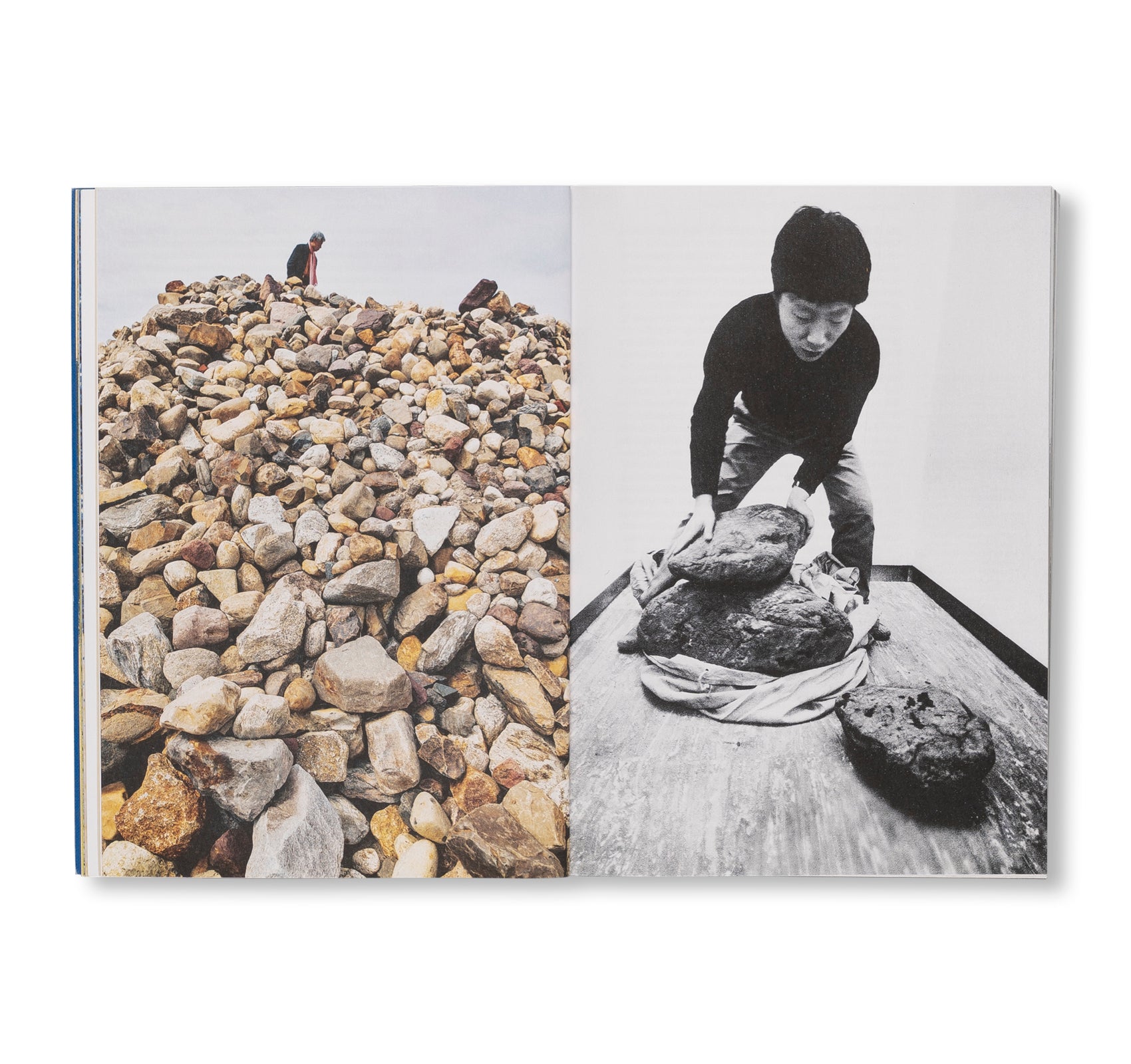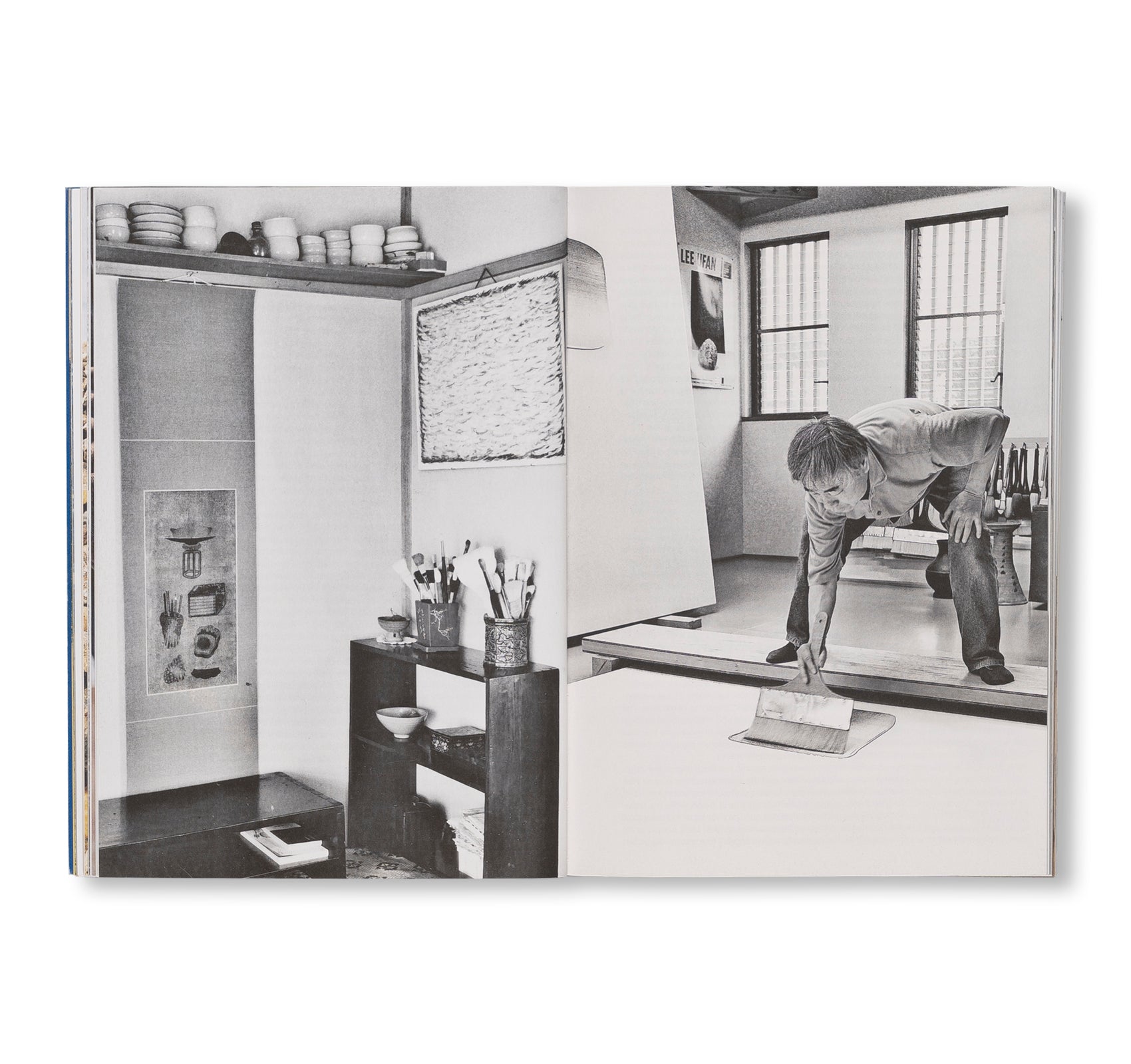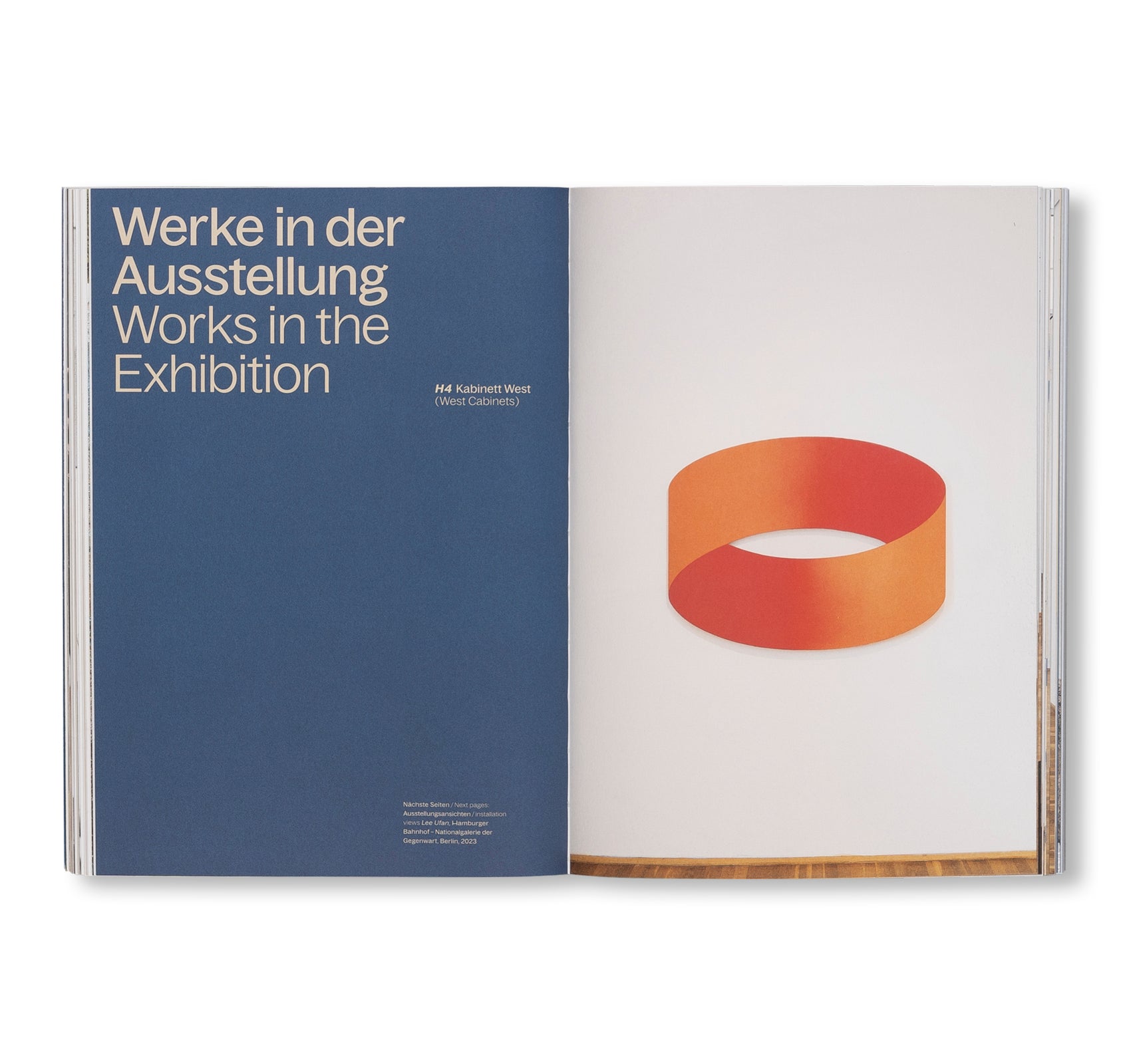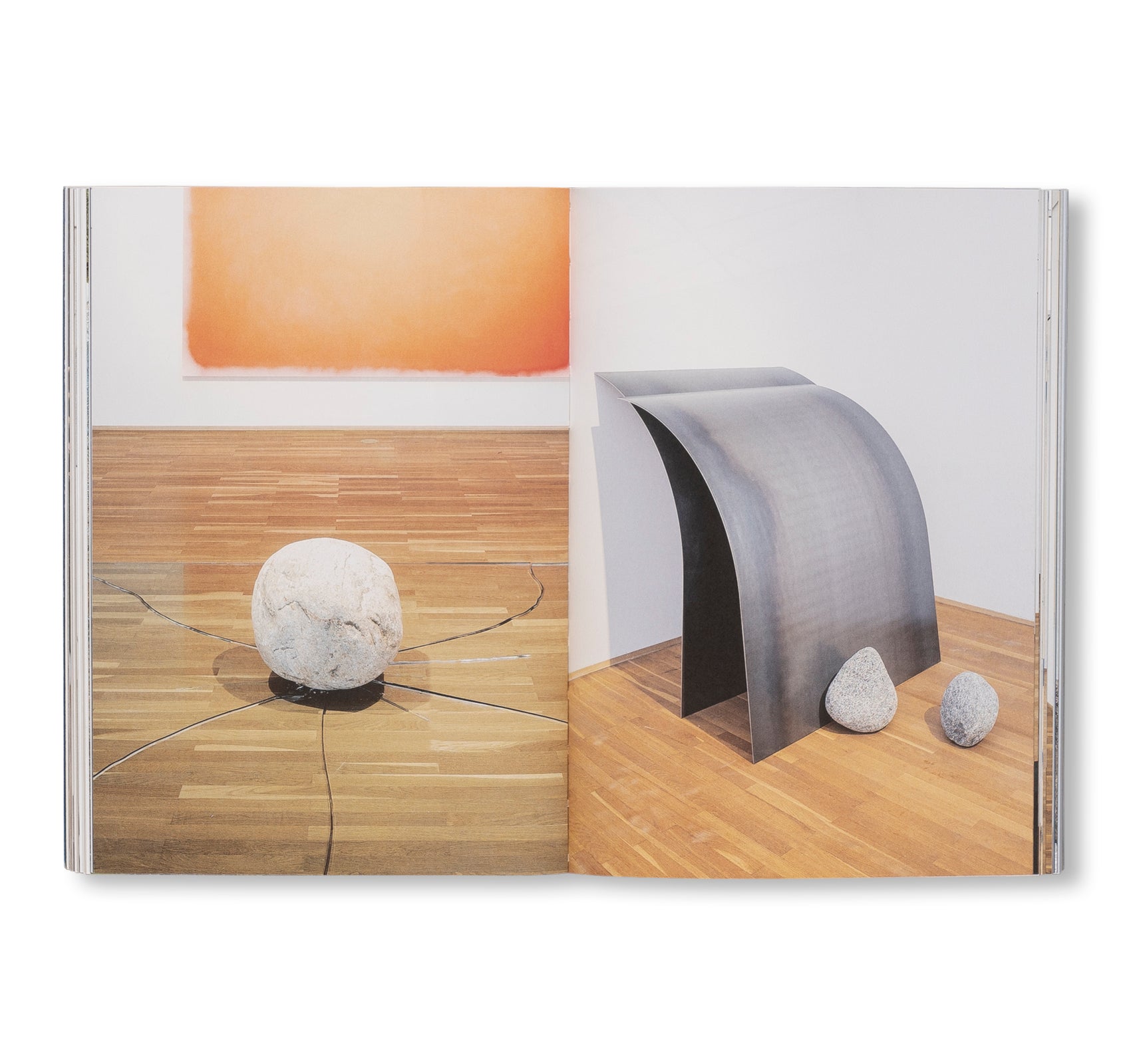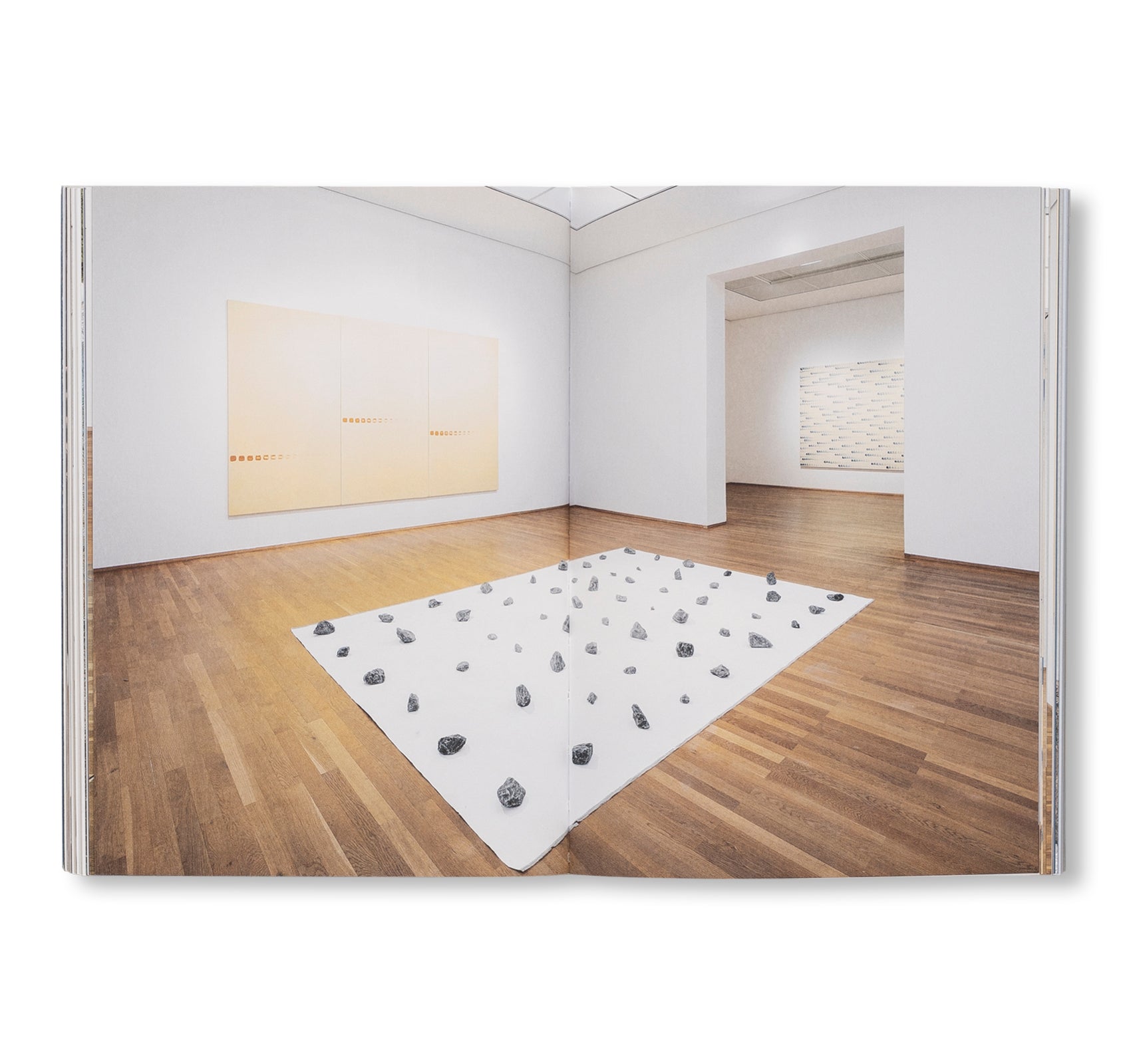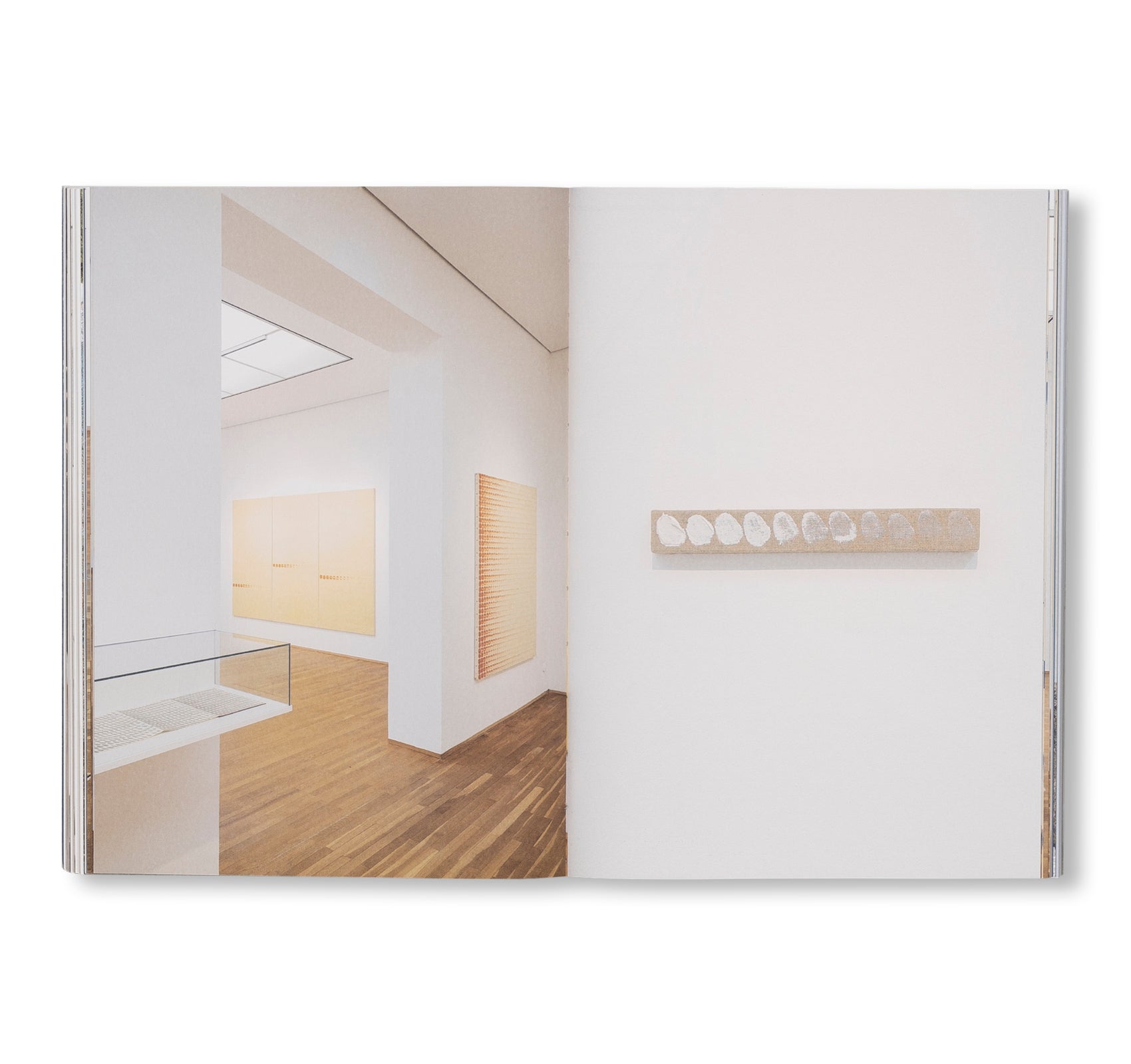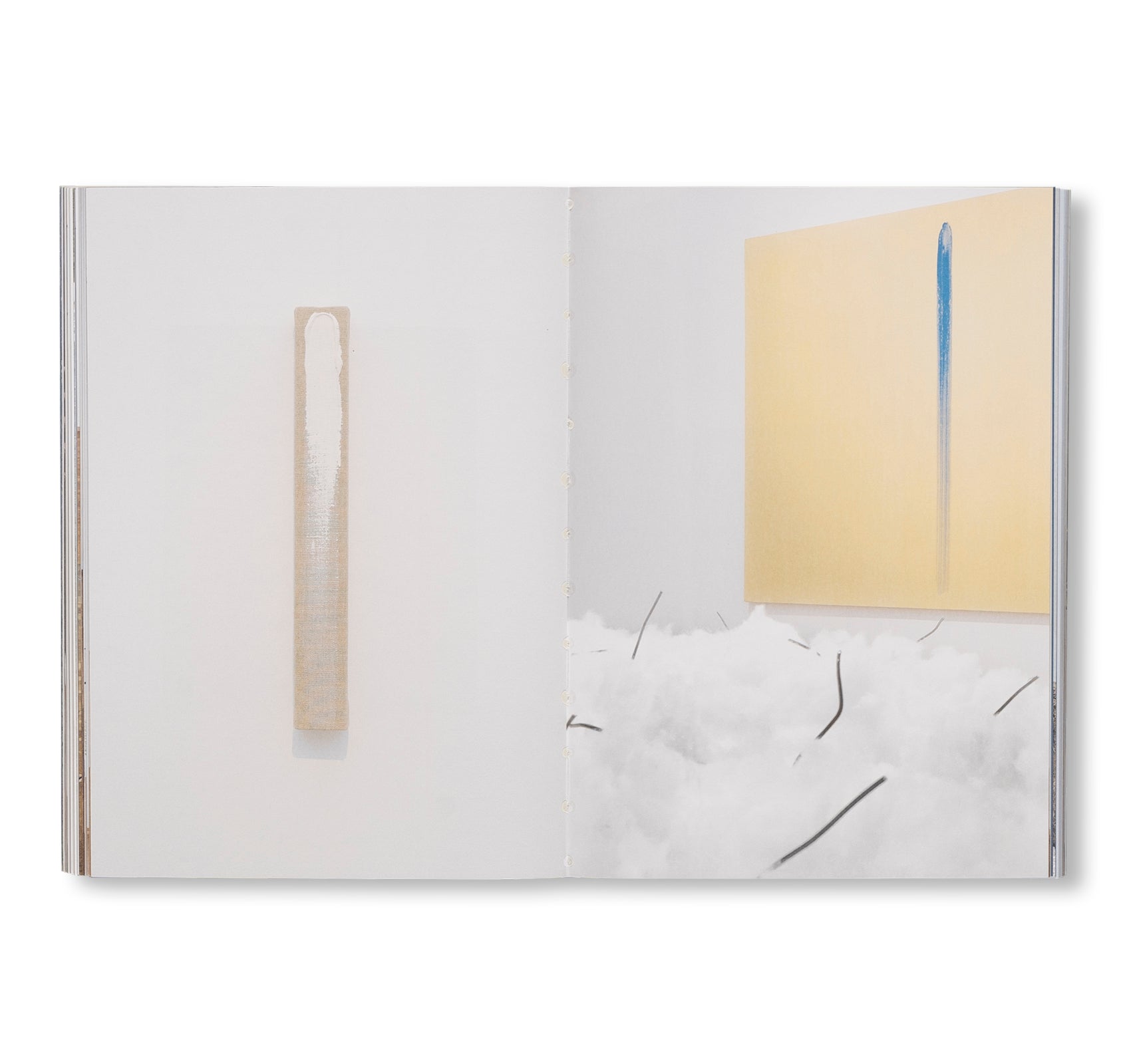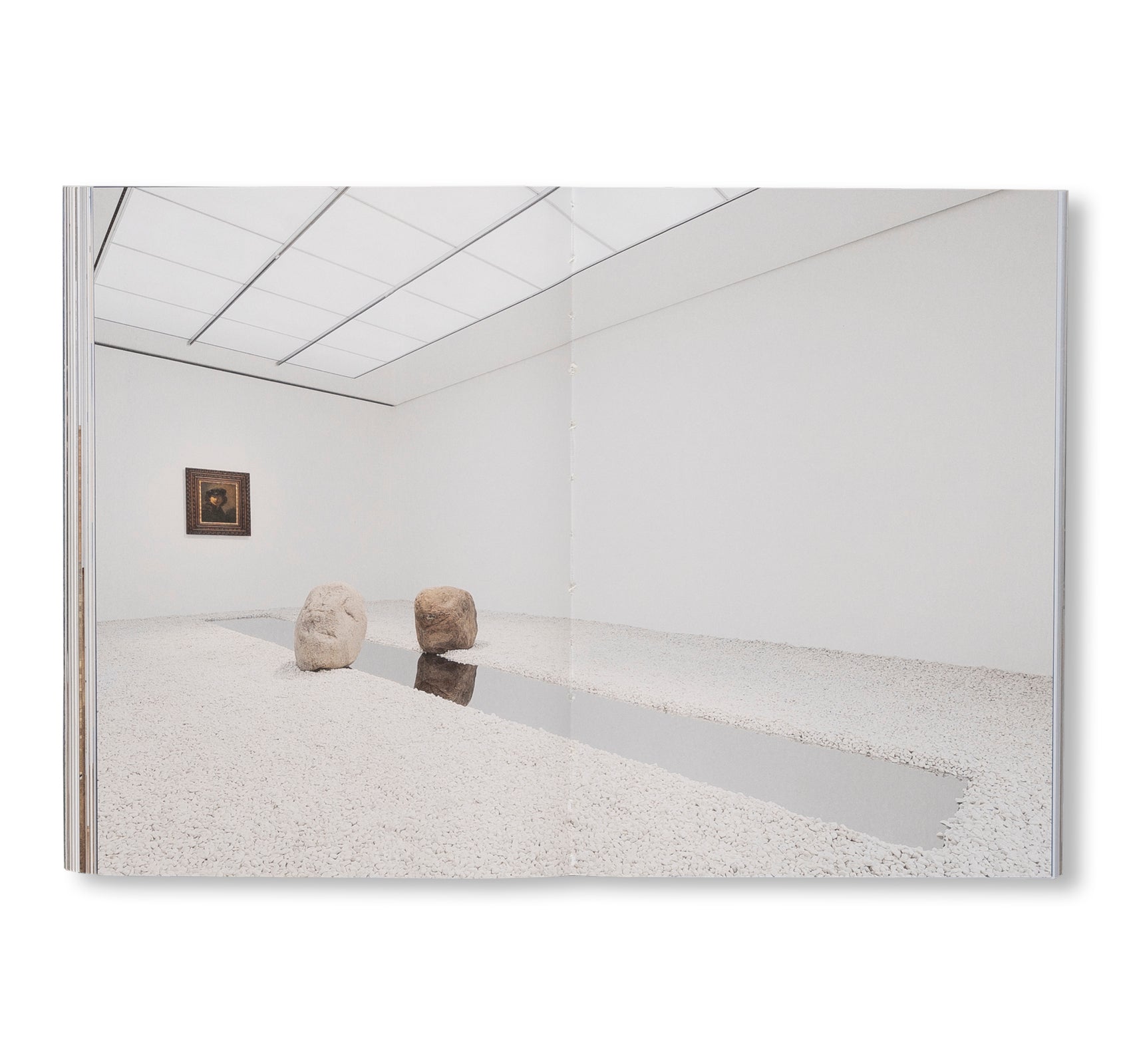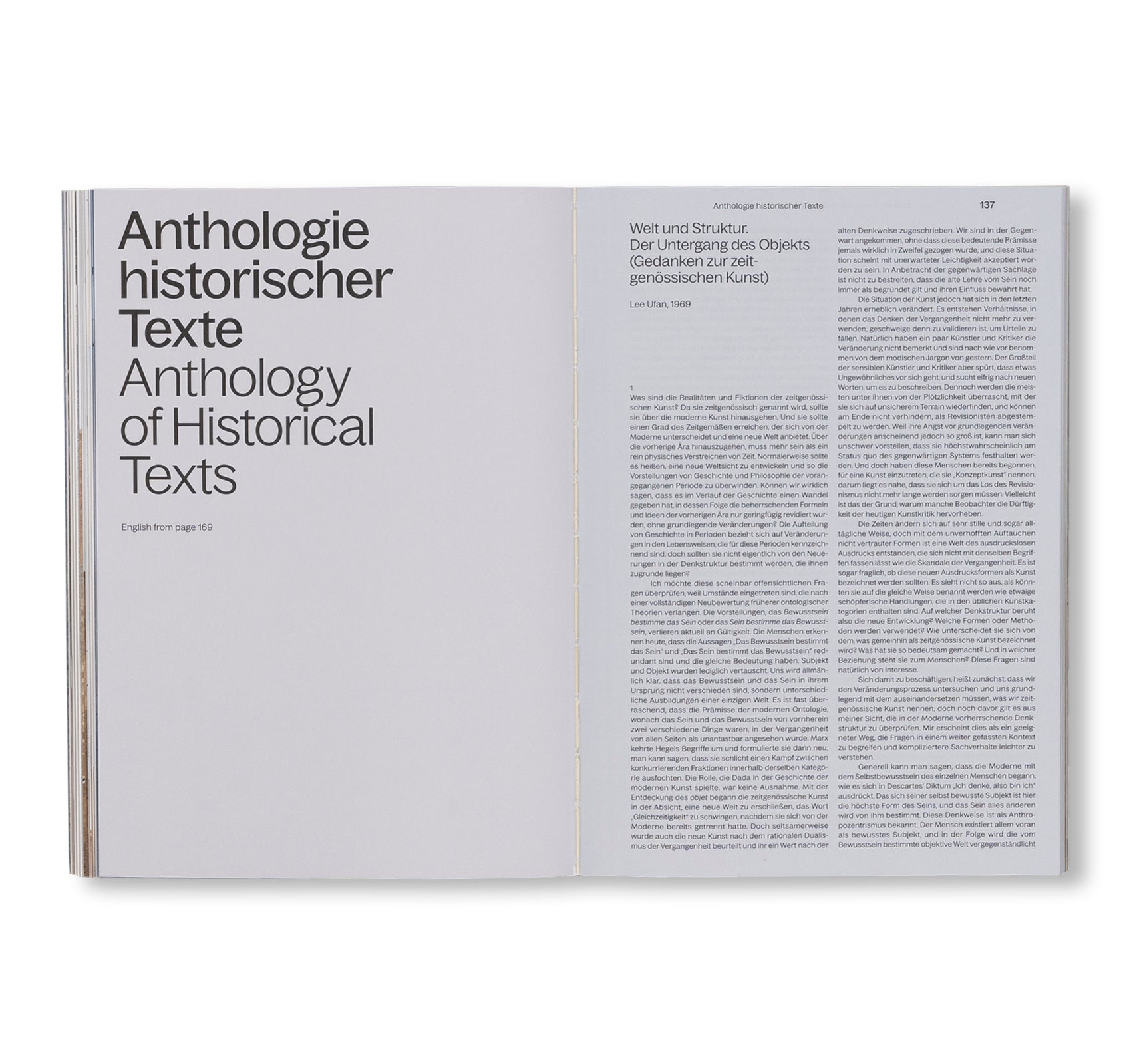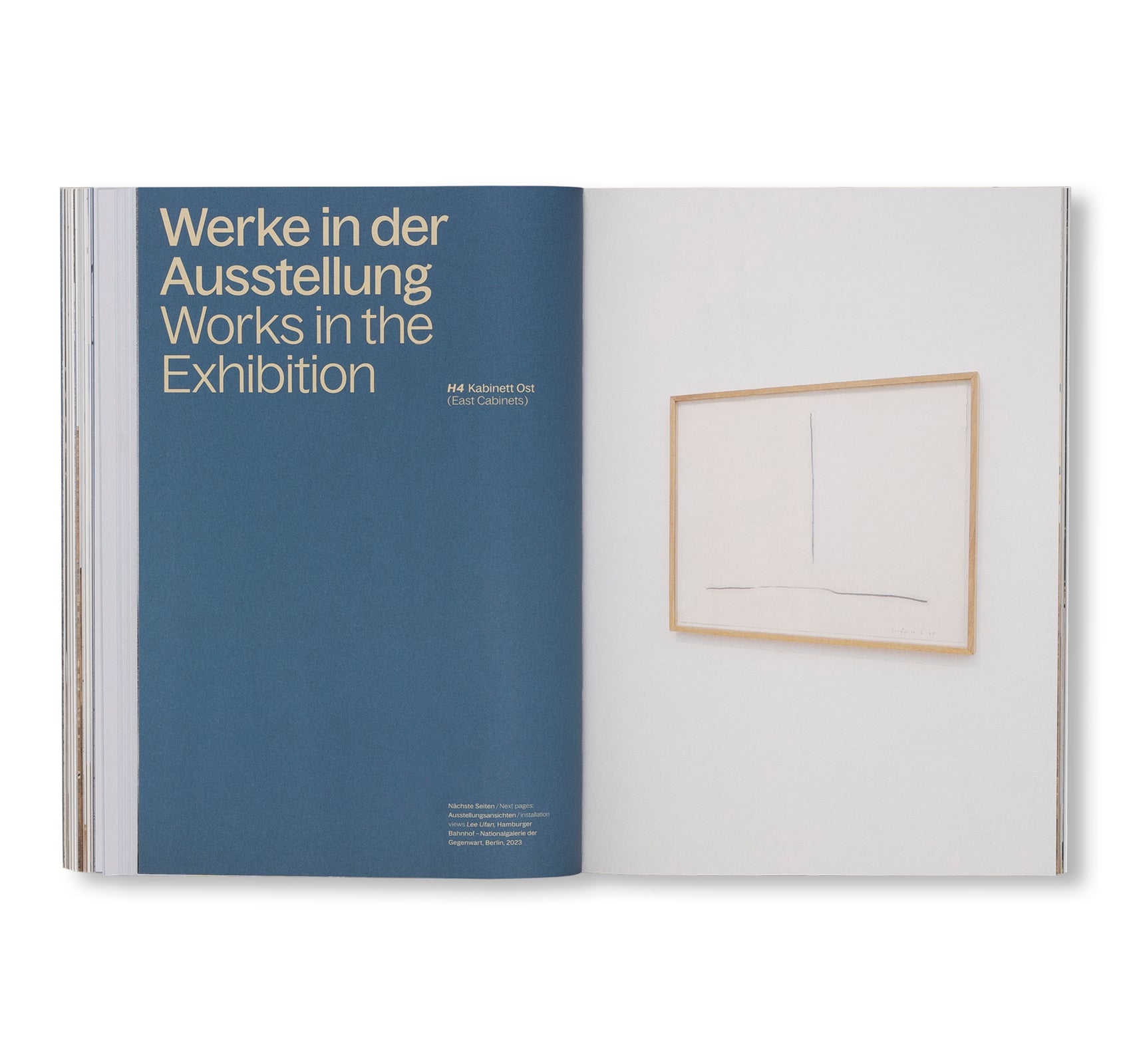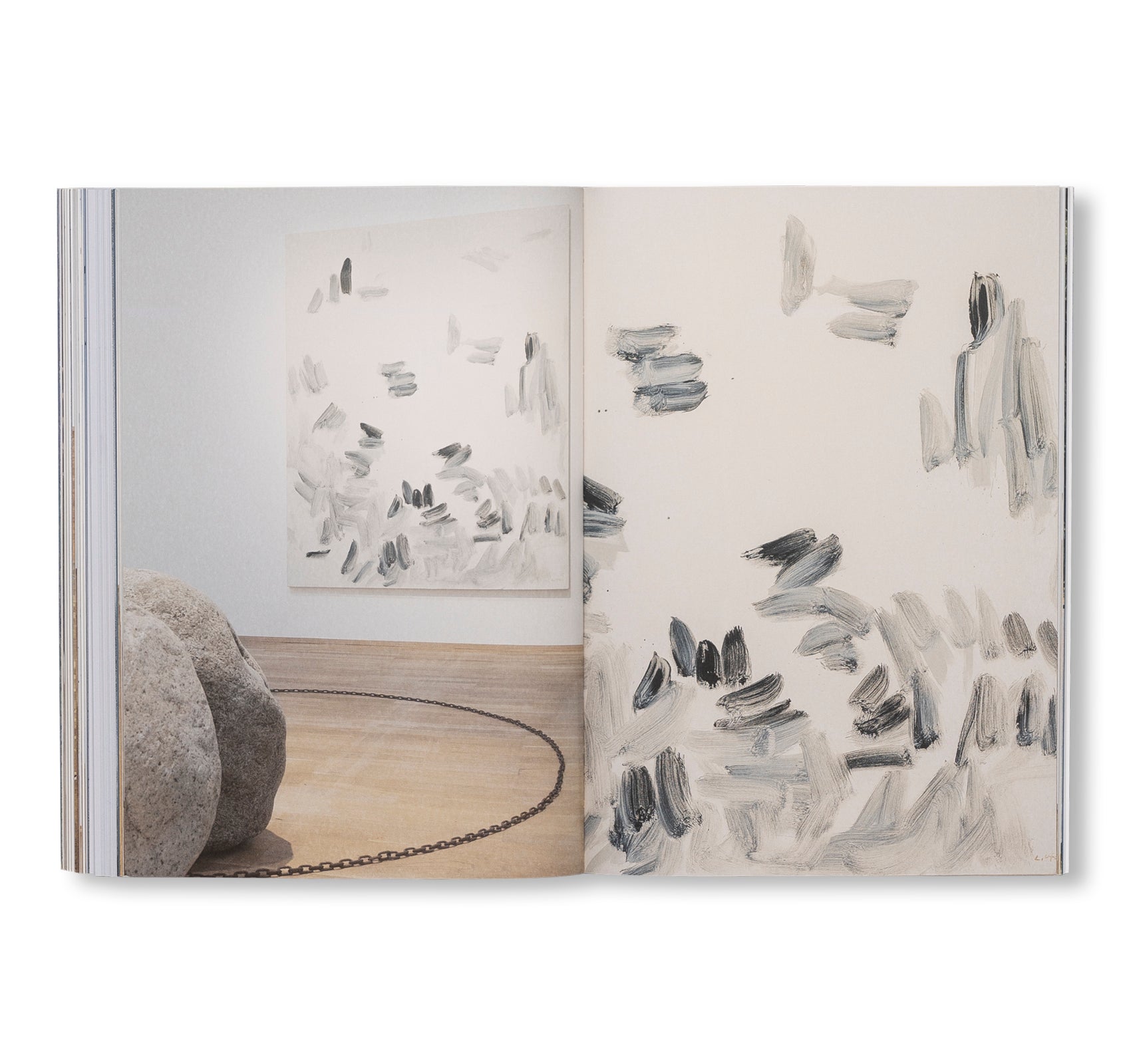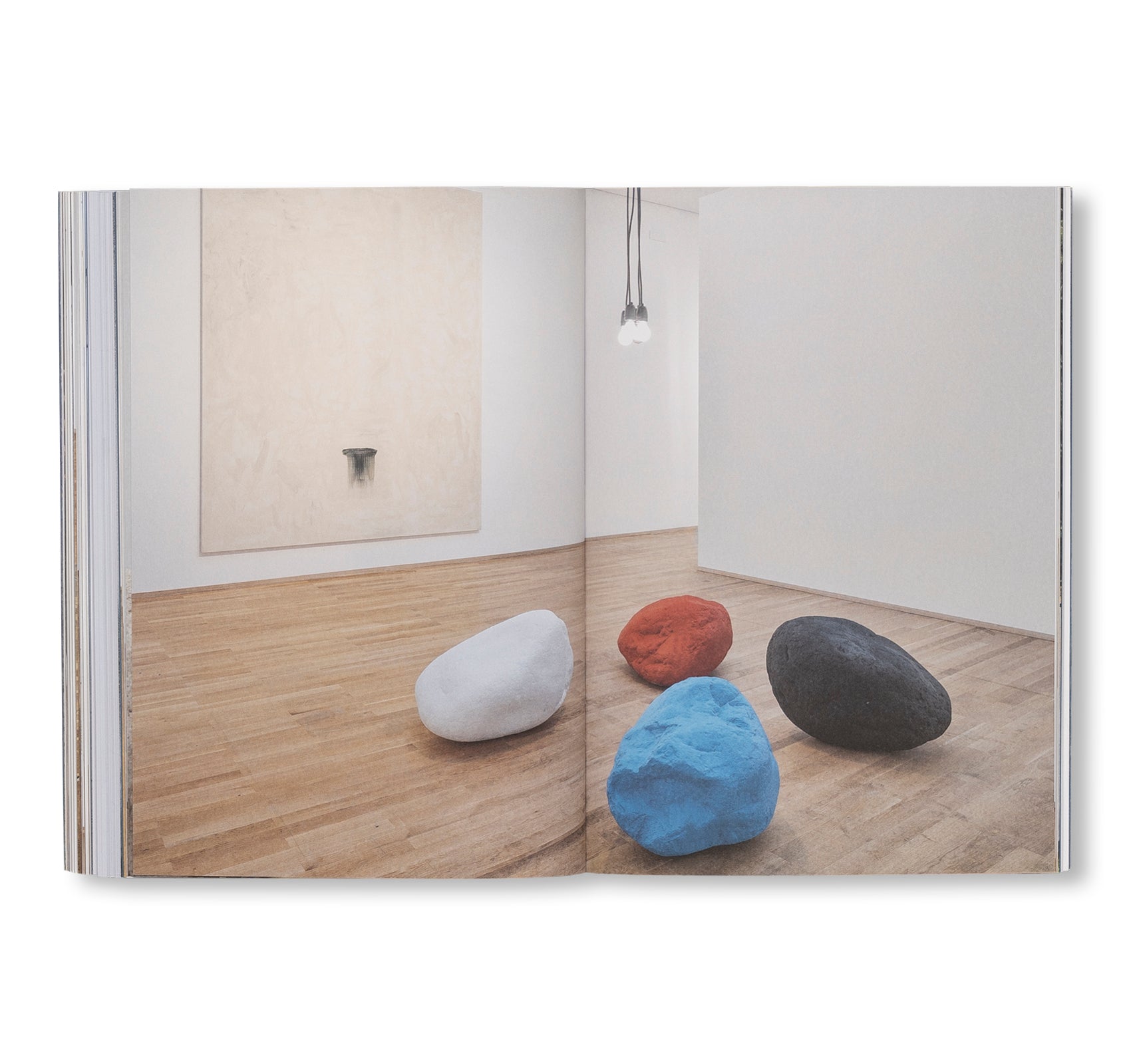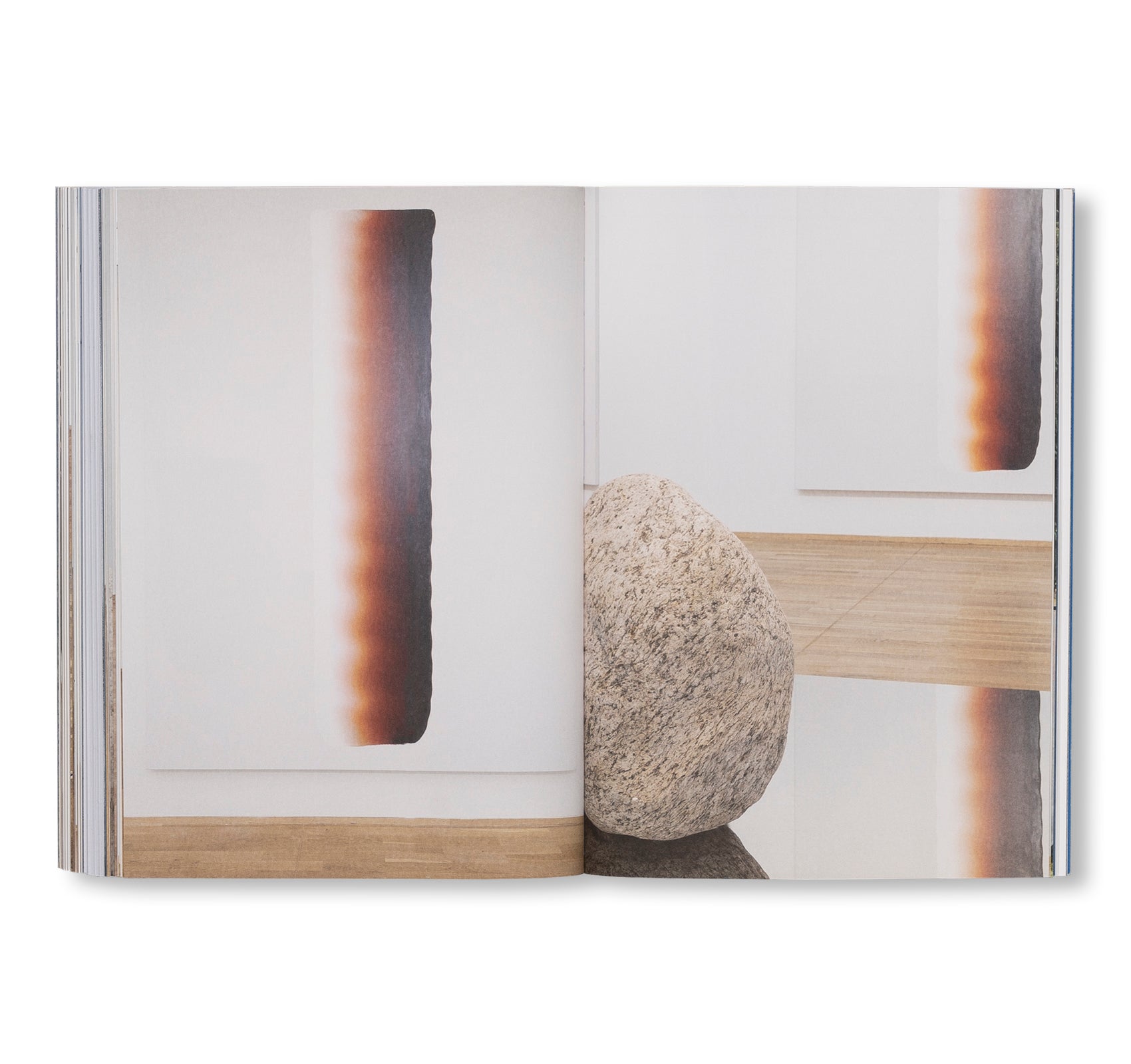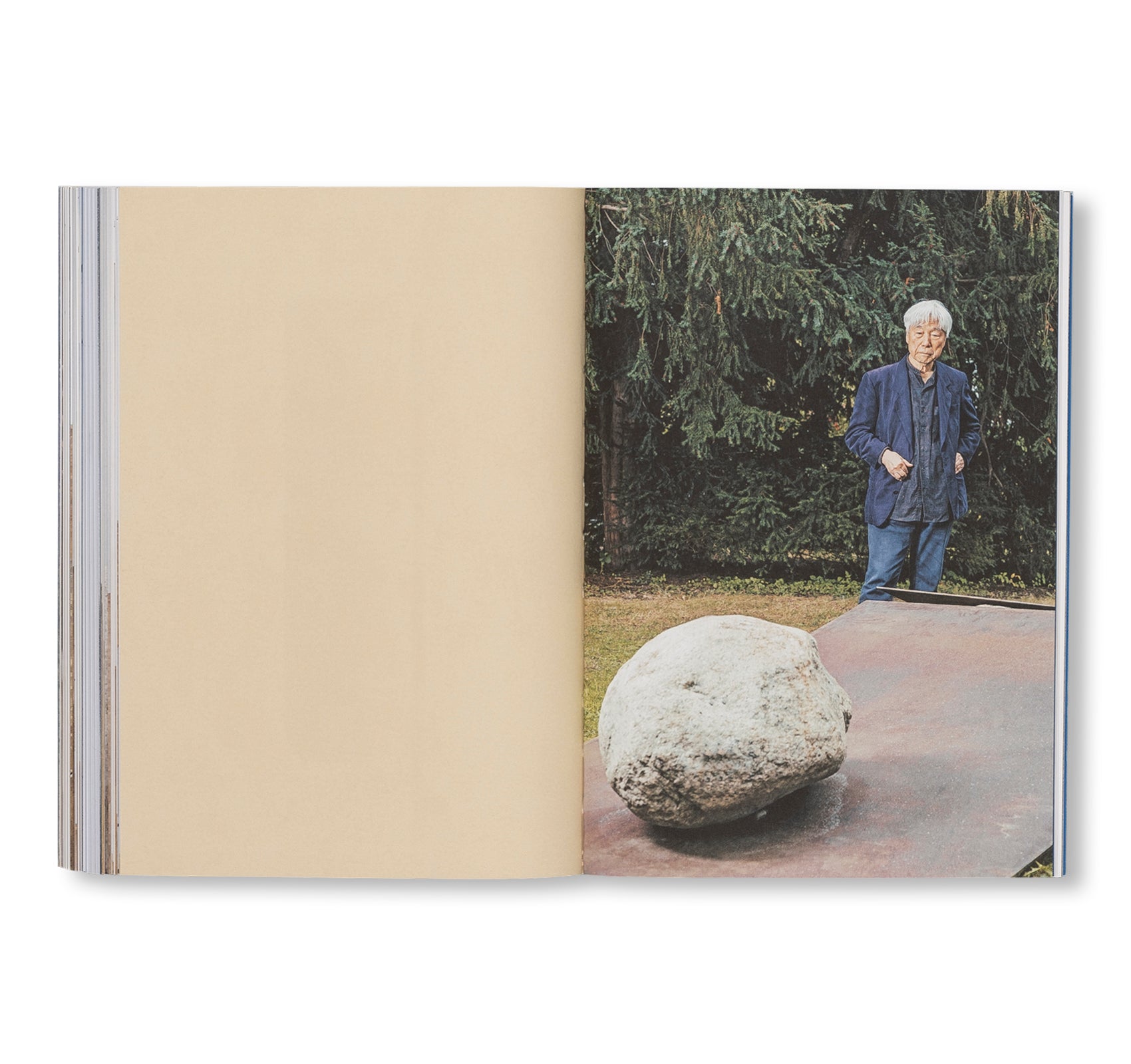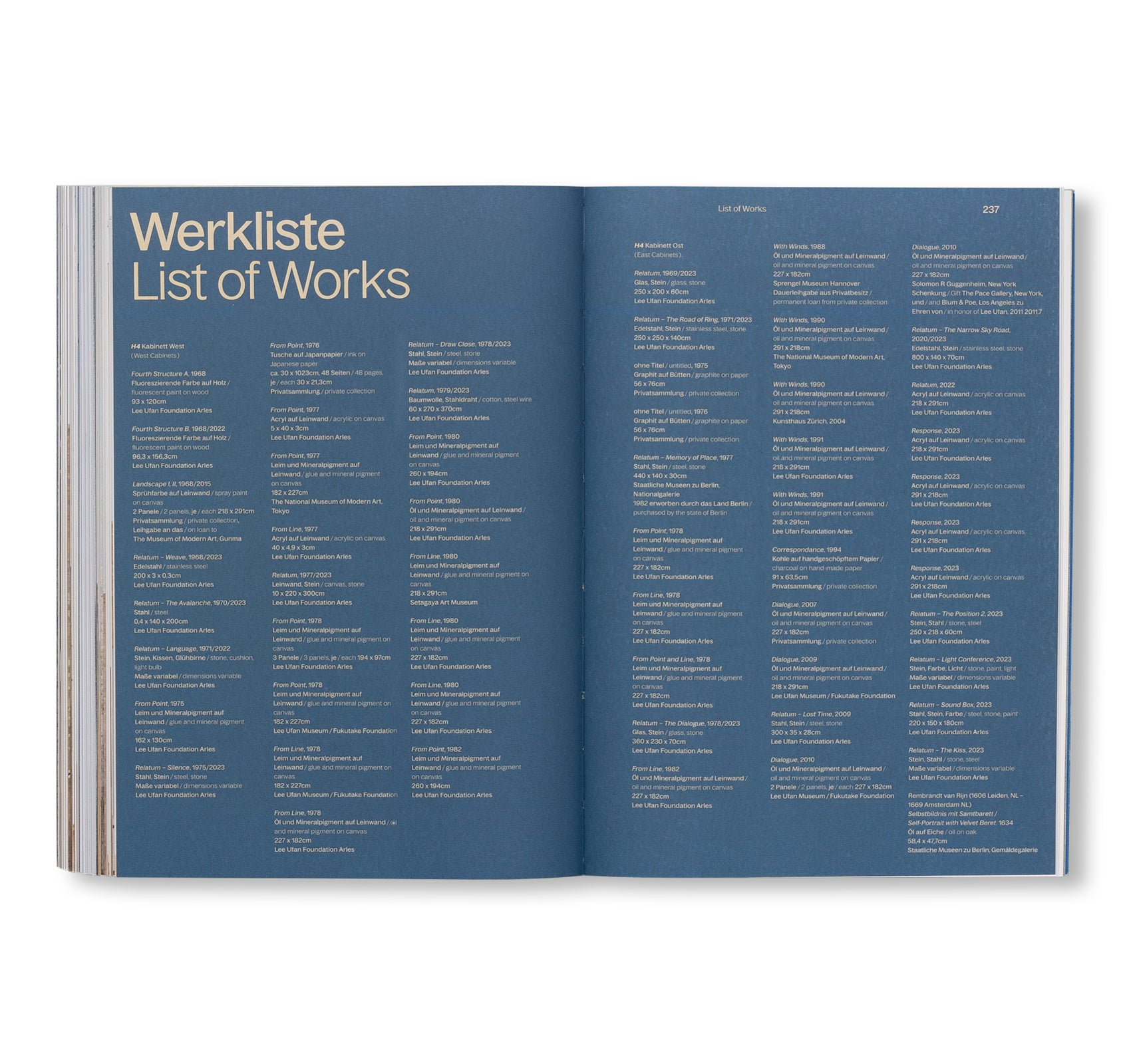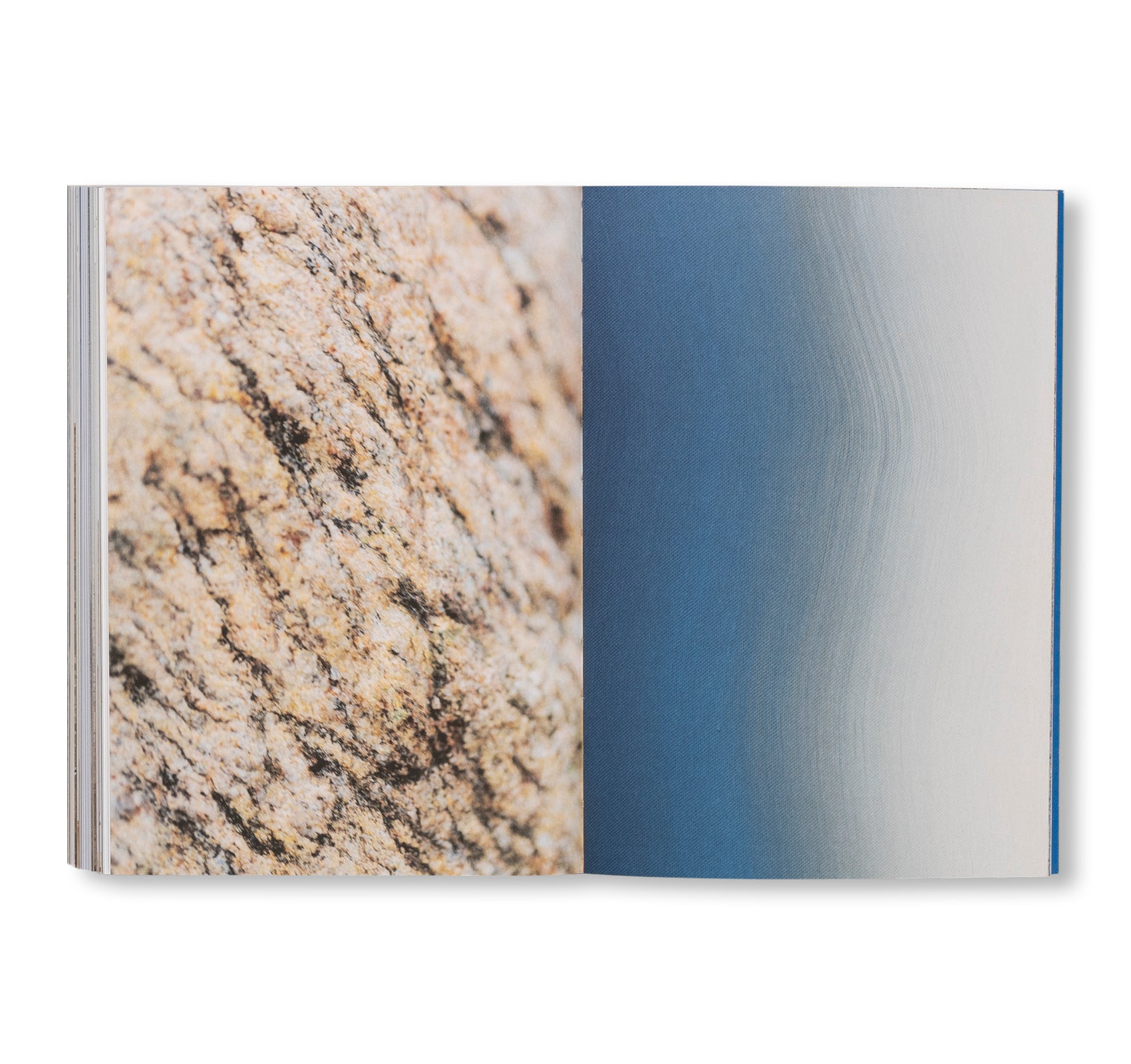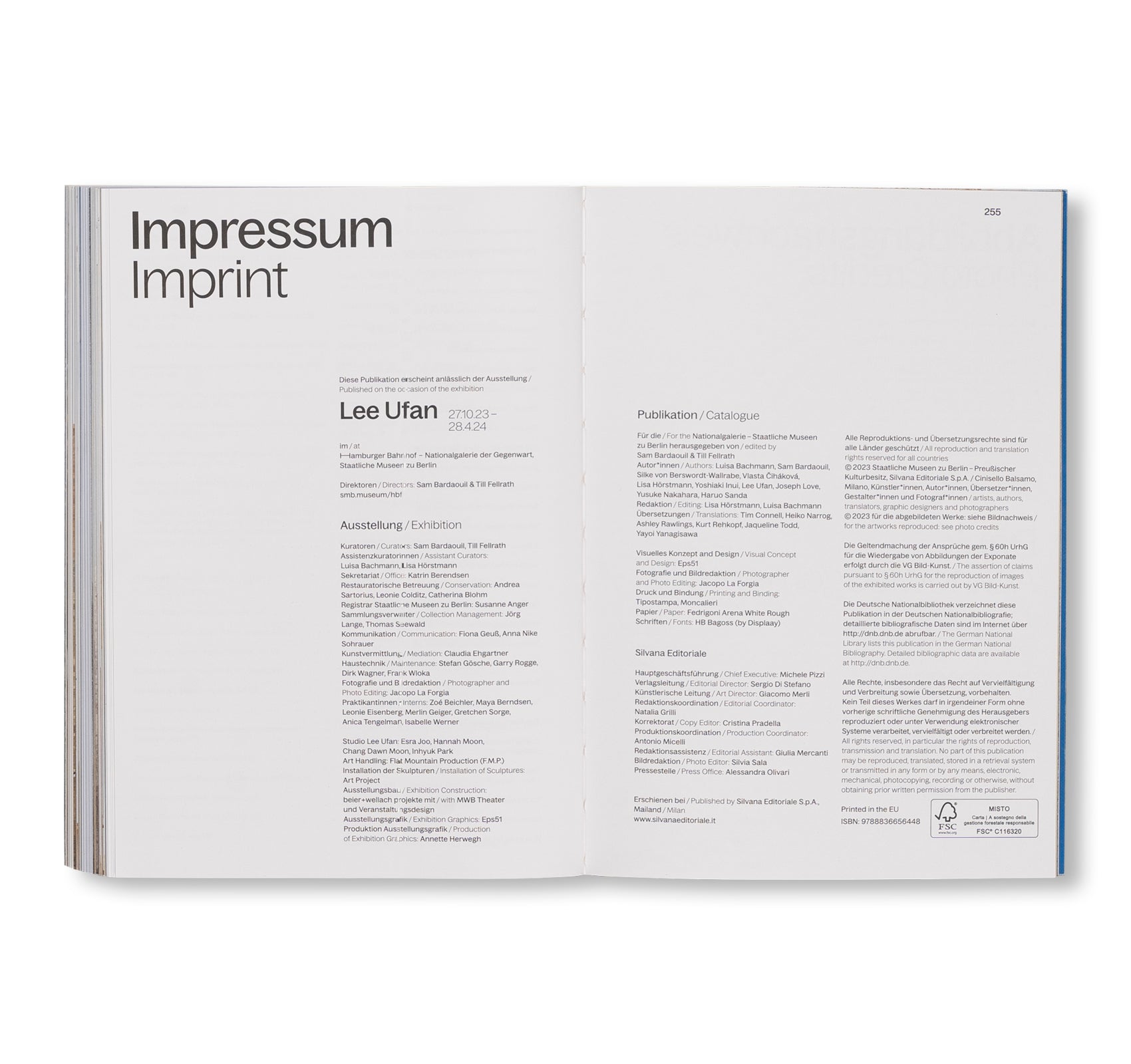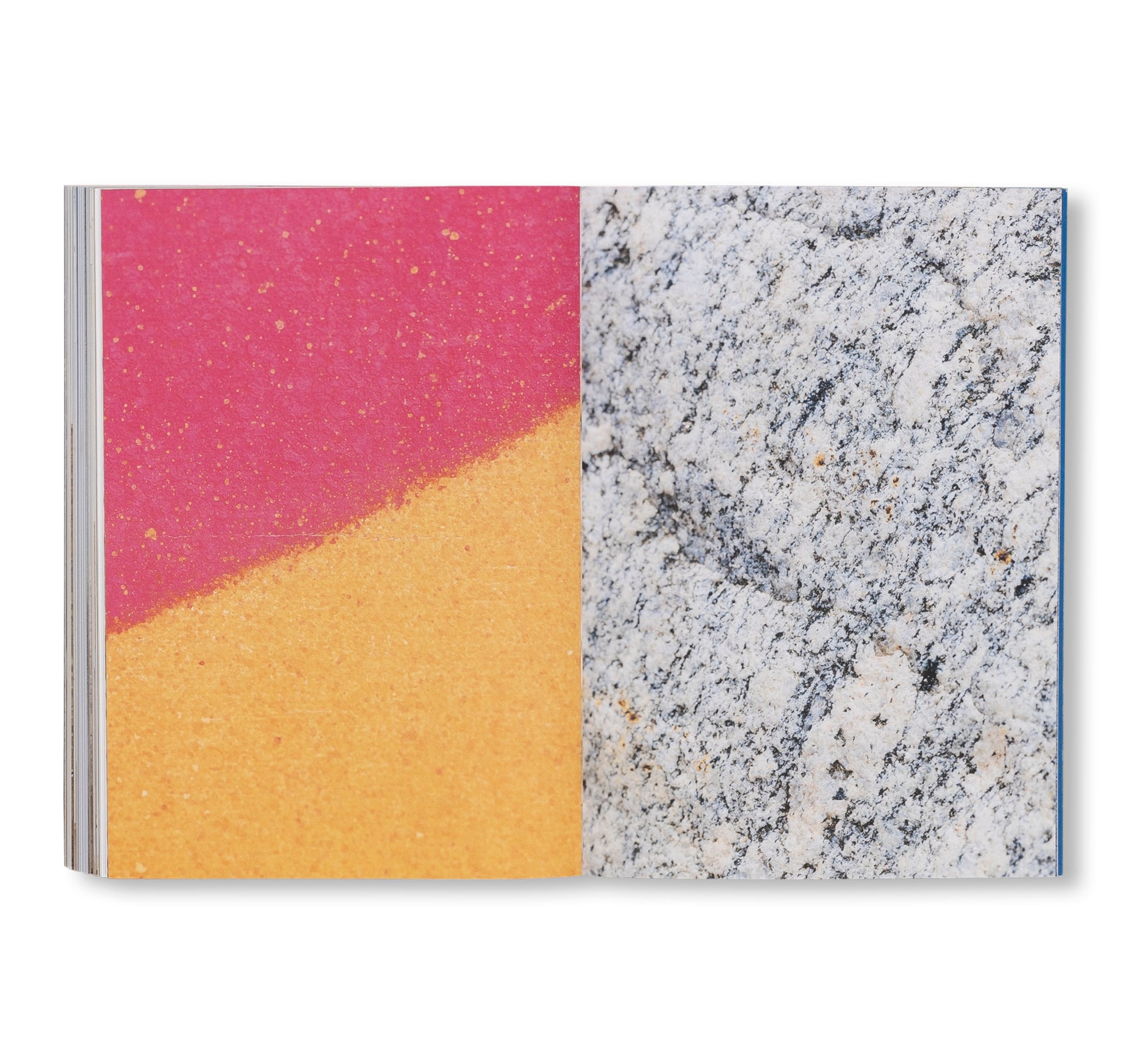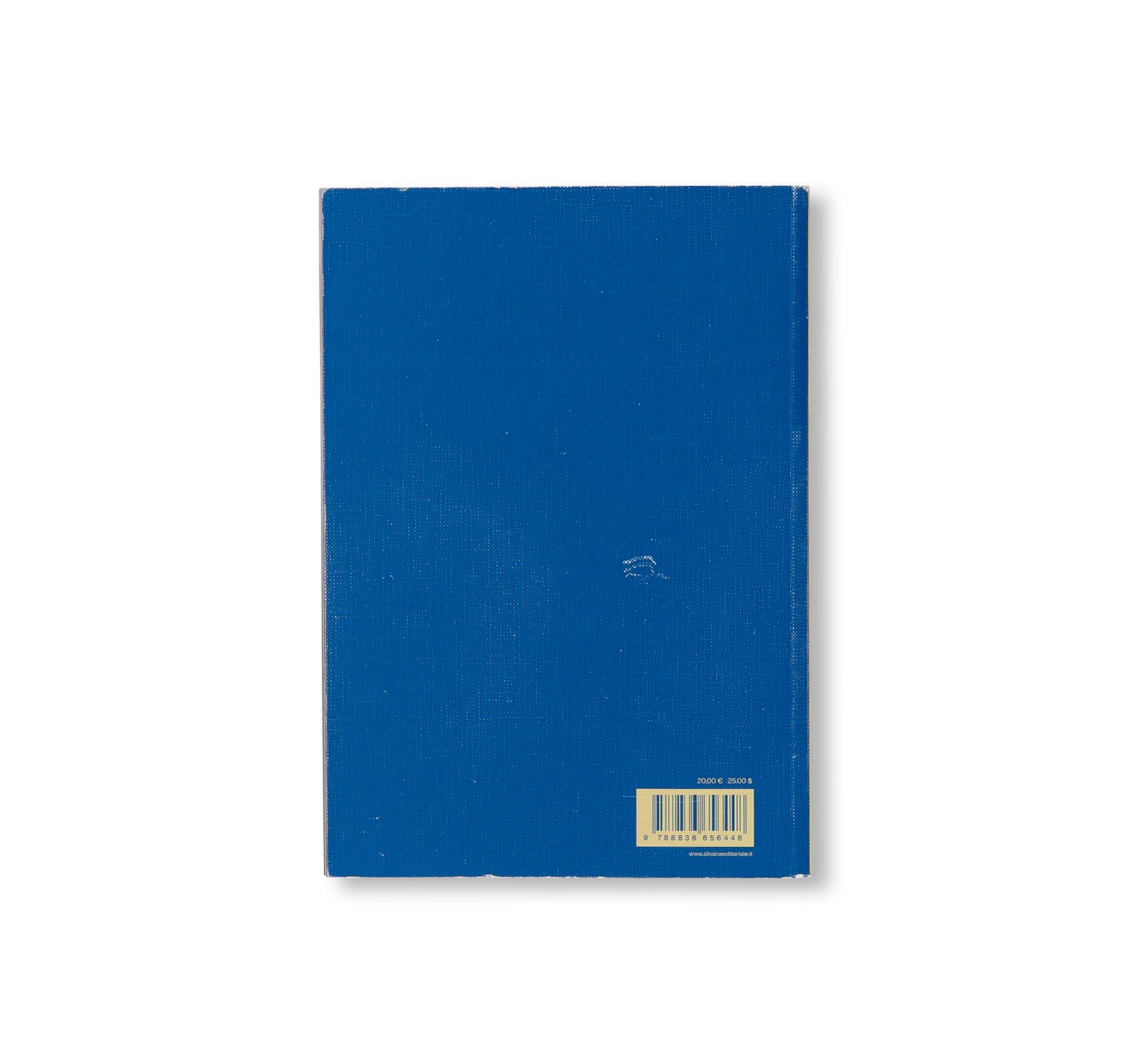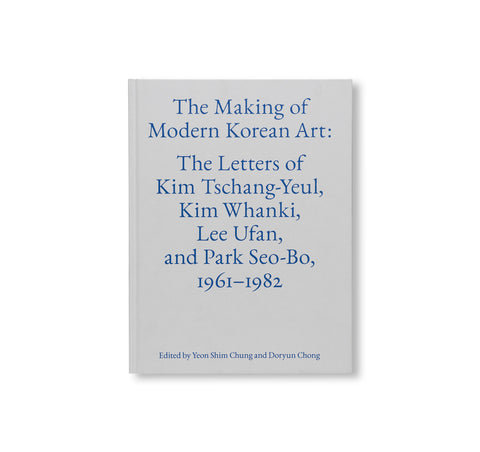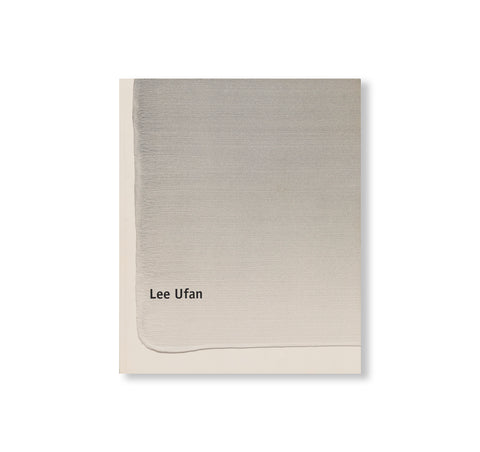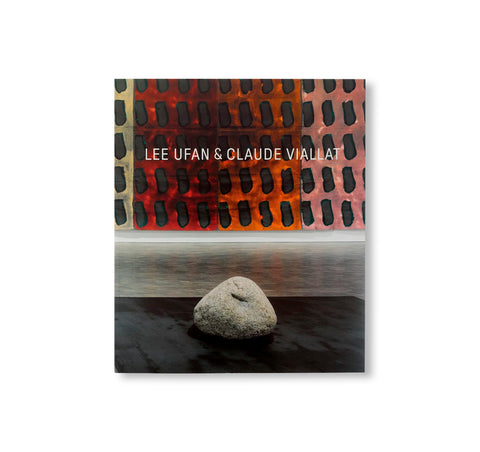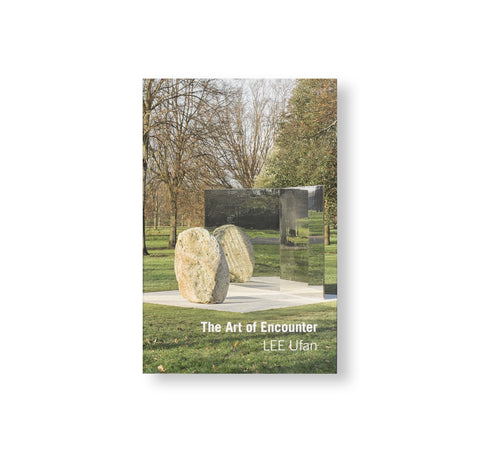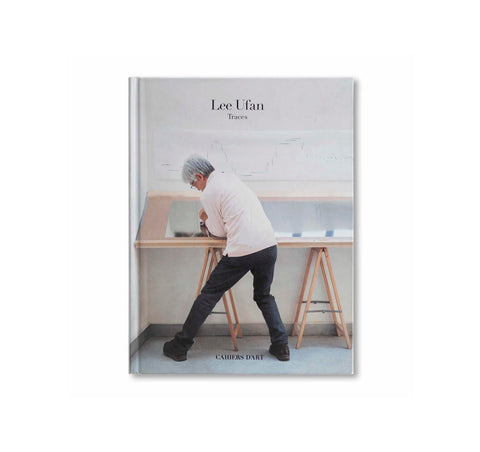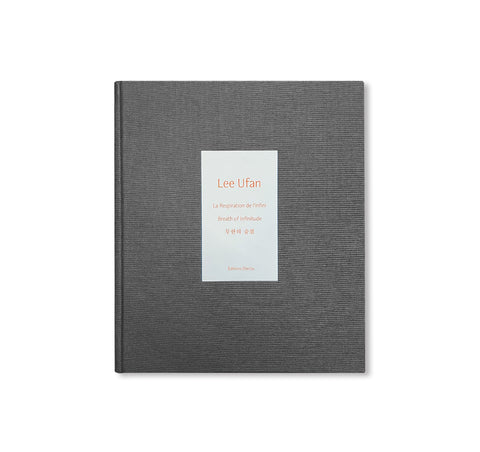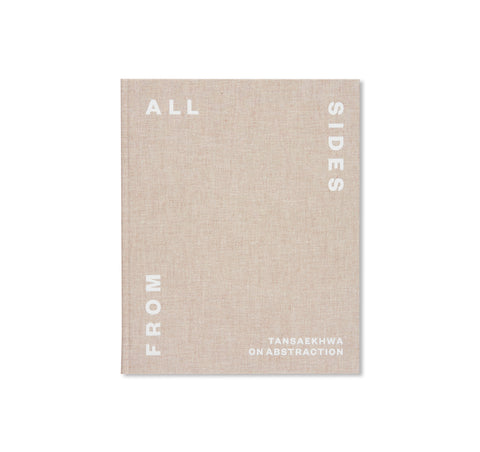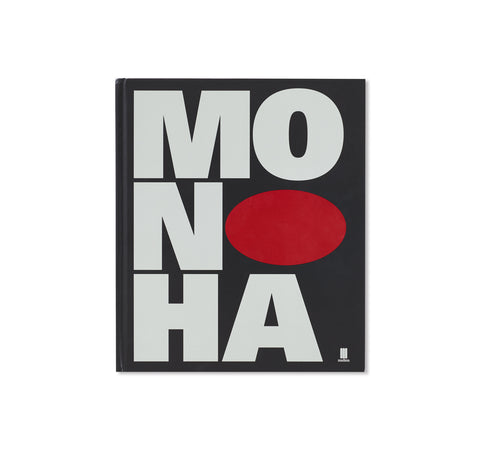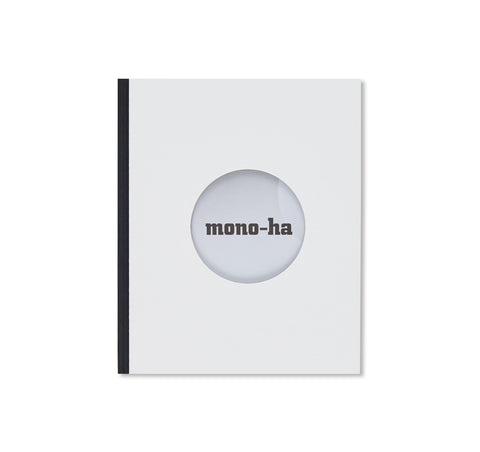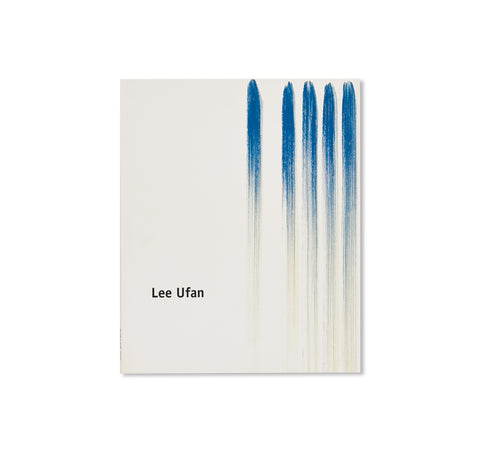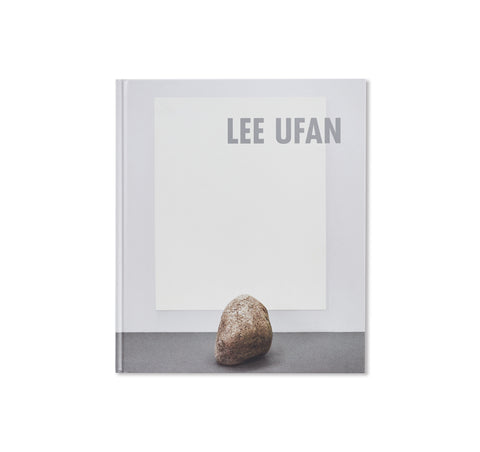LEE UFAN by Lee Ufan (SILVANA EDITORIALE)
韓国人アーティスト、リー・ウーファン(李禹煥、Lee Ufan)の作品集。2023年10から2024年4月にかけてベルリンの「ハンブルガー・バーンホフ現代美術館(Hamburger Bahnhof – National Gallery of the Present)」で開催した展覧会に伴い刊行された。
作者は、1960年代後半に登場し、石、枝、土などの素材そのままの状態と鉄やガラスなどの工業素材との組み合わせに特に重点を置いた前衛美術集団「もの派」、そして1970年代半ば特にモノクロームの絵画を通して抽象性と物質性、素材を探求した韓国の美術動向「単色画(ダンセッファ / Dansaekhwa / 단색화)」の代表的人物の一人として数えられている。本展で作者は、ベルリンで最も重要な現代美術専門の美術館であるこのスペースで、過去50年間に制作された約50点の作品を展示した。とりわけ、ベルベット帽を被ったレンブラント・ファン・レイン(Rembrandt van Rijn)の自画像と、作者の大規模インスタレーション作品「関係項─鏡の道(Relatum—The Mirror Road)」が共存する部屋での対話は特別な空間を作り出している。作者は東洋と西洋の思想を研究する中で、繰り返しヨーロッパのルーツに言及しており、レンブラントの絵画も集中的に扱ってきている。本インスタレーションは、1970年代の日本と韓国における芸術運動を紹介するとともに、西欧美術史の象徴的な作品に新たな視点を重層的にもたらすものであろう。
「ベルリン美術館 絵画館(Gemäldegalerie)」では「ハンブルガー・バーンホフ現代美術館」の協力のもと、「Lee Ufan meets Rembrandt」と名付けられた展覧会を開催。前述の空間と同様、レンブラントの作品が展覧されている部屋に、作者の「関係項(Relatum – The Position 1)」を配置している。
本書では、多くの展覧会風景のイメージに加え、作者が日本と韓国において戦後の美術運動に与えた多くの影響、特に哲学的な著作が1968年から1975年まで活動した「もの派」をどのように形成したか、また1970年代半ばの抽象絵画が韓国の「単色画」をどのように象徴しているか、その研究が紹介されている。
The volume accompanies the first complete retrospective of the painter and sculptor Lee Ufan in Germany, set up at the Hamburger Bahnhof in Berlin. Lee is considered one of the most important representatives of the Mono-ha school in Japan - a movement whose artists particularly focused for their work on the combination of raw materials such as stones, branches or earth with industrial materials such as steel or glass - and of the Dansaekhwa movement in Korea - in which Korean artists began to explore abstraction and materiality in the mid-1970s, especially through monochrome painting. Lee Ufan has exhibited around 50 works from the last five decades at Berlin's most important museum space dedicated to contemporary art. The dialogue between the very famous Self-portrait with a velvet cap by Rembrandt, hosted at the Gemäldegalerie in Berlin, with Lee's vast installation Relatum – The road of mirrors finds a particular space in the volume: an installation through which Lee introduces visitors to the artistic movements of Japan and Korea in the 1970s, as well as providing a new perspective on an iconic work of Western European art.
